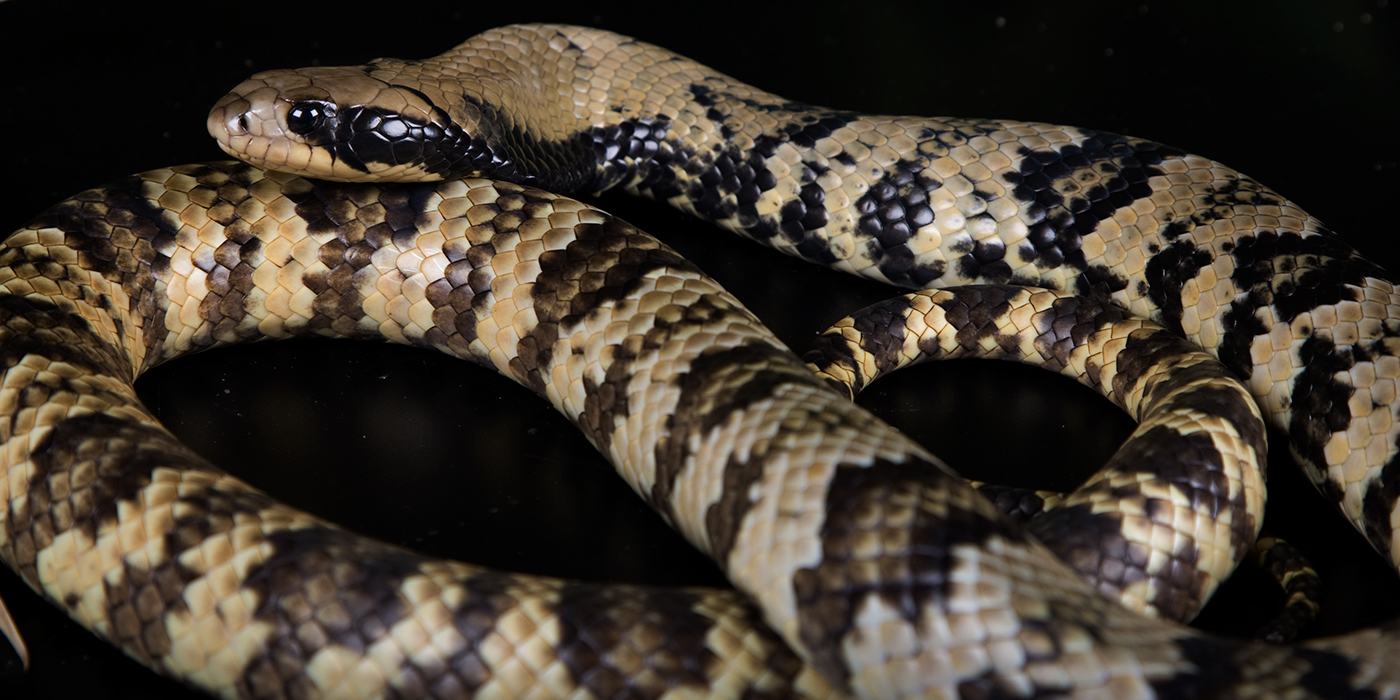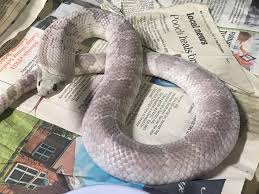Question 1A. Something you like which exhibits effective complexity. Where does your selection sit between total order and total randomness.
Snake scales are closer to total order. A snake morph is a genetic mutation that makes a snake look different than commonly expected (visual indicators). Some morphs can be predicted since most follow the punnet square rule (ie dominant, recessive, het). However, not all morphs are consistent/can be predicted since they can be spread out across different genes and we don't know which gene causes which morph. Hence, there are many combinations (python has like 100+ morphs). Some morphs can have repeated patterns, random blobs, scaleless snakes.
The blacktailed cribo is a simple example, but other snakes have many many morphs that can be hard to predict. Most morphs are discovered by people breeding snakes, so a lot of morphs have not been discovered yet.
 hypomelanistic false water cobra
hypomelanistic false water cobra

lavender false water cobra

Question 1B. Problem of Authenticity.
The argument is that if the computer expresses itself that the artist can not anticipate, does it's randomness still qualify for the artist's expression? I believe that it is still the artist's expression. The artist created the code and system for the computer to execute.I see computers as a tool for randomization and computation (like how paint, pens, etc are tools).
